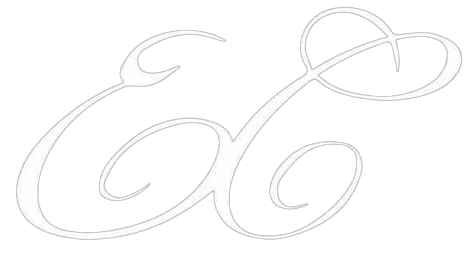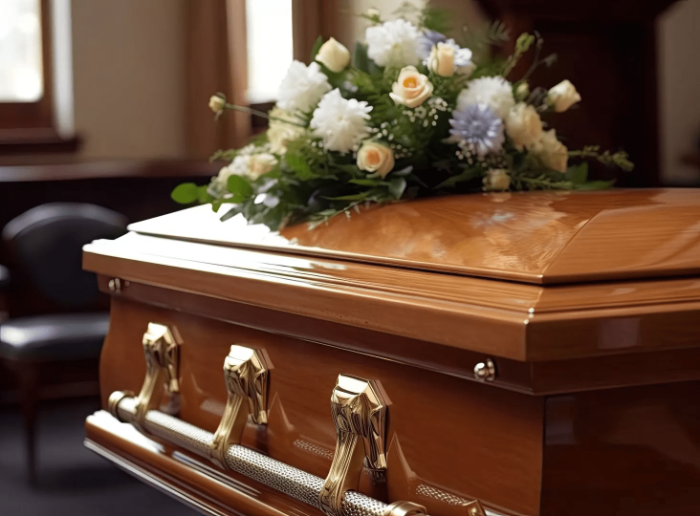Planning funeral transport is an essential part of organising a respectful and seamless farewell for your loved one. From selecting suitable hearses to arranging transport for family and friends, each detail ensures the journey reflects the significance of the day. This guide will help you navigate the key considerations, ensuring the transport arrangements are both dignified and practical.
Funeral Transport Options
When planning a funeral, one important step is deciding on the best transport for the person who has died. Many people choose a traditional hearse, a dignified vehicle designed specifically to carry the coffin. Hearses and funeral cars are available 24 hours a day and offer a fitting tribute for the final journey.
Alternative funeral transport options are also available to personalise the funeral and reflect the life of the deceased. For example, you might opt for a horse-drawn hearse, a vintage Land Rover, or even modern electric funeral vehicles. These choices help families create a unique procession that reflects individual wishes.
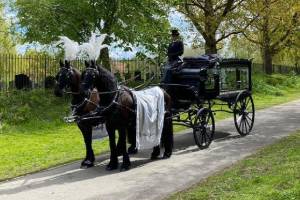
Choosing the Right Hearse
Choosing a hearse is a significant step in funeral planning. The type of hearse you choose will depend on both the wishes of the person who has died and the preferences of the family. Traditional hearses offer a classic and respectful way to transport the coffin to the funeral service or crematorium. If you would like something a bit different, alternative funeral transport like a horse-drawn hearse can provide a unique way to celebrate a loved one’s life.
When deciding, it’s important to consider the route and location to ensure the chosen vehicle is suitable. Funeral directors can offer advice and help you make the right choice that meets your loved one’s wishes. Taking these steps will provide support and peace of mind to mourners on the day of the funeral.
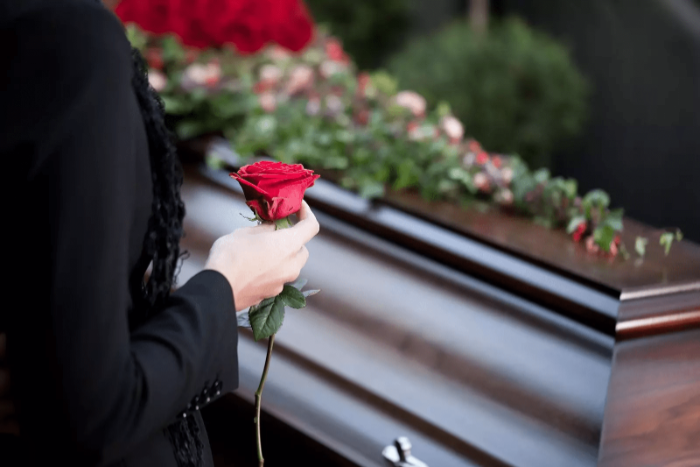
Special Vehicles for Unique Requests
Some families may wish to honour their loved ones with a special vehicle. Alternative funeral transport can be a wonderful way to personalise the ceremony. Horse-drawn carriages are a popular choice for creating a grand funeral procession and funeral cortege that offers a fitting tribute. Vintage cars, motorcycles with sidecar hearses, or a favourite 4×4 such as a Land Rover can serve as meaningful options for those with a love of classic vehicles.
These types of funeral transport can reflect the personality, hobbies and life of the deceased. Planning in advance helps ensure everything runs smoothly and respects the deceased’s preferences.
Accommodating Family and Close Friends
Beyond planning the hearse, it’s also important to arrange transport for family and friends attending the funeral. Many people opt for additional funeral cars or limousines to ensure mourners can travel together, offering support and comfort during a difficult time. Consider the number of attendees to manage arrangements efficiently, and discuss the details with your funeral director to find the best options available, from people carriers and mini-buses to accessible vehicles with ramps. The aim is to ensure everyone arrives with dignity and in good time.

Procession Etiquette and Route Planning
The order of vehicles typically begins with the hearse, followed by family limousines and then friends’ cars; a funeral director will provide clear guidance and oversee the cortege. You may wish to plan a route that passes places of personal significance, such as a home, club, place of work or favourite park, to reflect the life of your loved one and allow mourners a moment to pay respects.
Build extra time into the schedule for traffic and brief pauses, and keep safety in mind by ensuring drivers understand the plan, switch on lights where appropriate, and maintain safe distances. Traditional black vehicles remain common, but neutral tones or themed options can be arranged to suit your funeral plan and the wishes of the family.
Accessibility and Comfort
Think carefully about mobility needs so the day is comfortable for everyone. Step-free access, wheelchair spaces and priority seating should be agreed in advance, and it helps to prepare child seats when required and keep simple comforts like water and tissues in cars. Drivers and attendants should be briefed to open doors, offer a steadying arm, assist with belts and move at a measured pace; these small touches provide care and ensure dignity from start to finish.
Cost Considerations and Ways to Save
Funeral costs for transport vary by vehicle, time and location across the UK and England. Factors that influence the price include the type of funeral vehicle you select (traditional versus specialist), the distance to be covered, whether there are multiple stops or venues, the number of cars or limousines required, and whether the arrangements fall on a weekend or a weekday. To manage money sensibly, consider using fewer cars and arranging shared travel for mourners, choose a traditional hearse with a single family car rather than several limousines, and remember that simple arrangements, such as a direct cremation, may require minimal transport. Always ask for a free written estimate and a clear breakdown in advance; reputable funeral directors will offer transparent information so you can decide with confidence.
Eco-Friendly and Modern Options
If you would like to reduce environmental impact, you can explore electric or hybrid hearses and family cars, or even bicycle and pedestrian-led corteges over short distances. Another practical way to minimise travel is to use one venue for the main ceremony and committal, reducing journeys between service, burial or crematorium. These options can be a meaningful choice for loved ones who valued sustainability during their life.
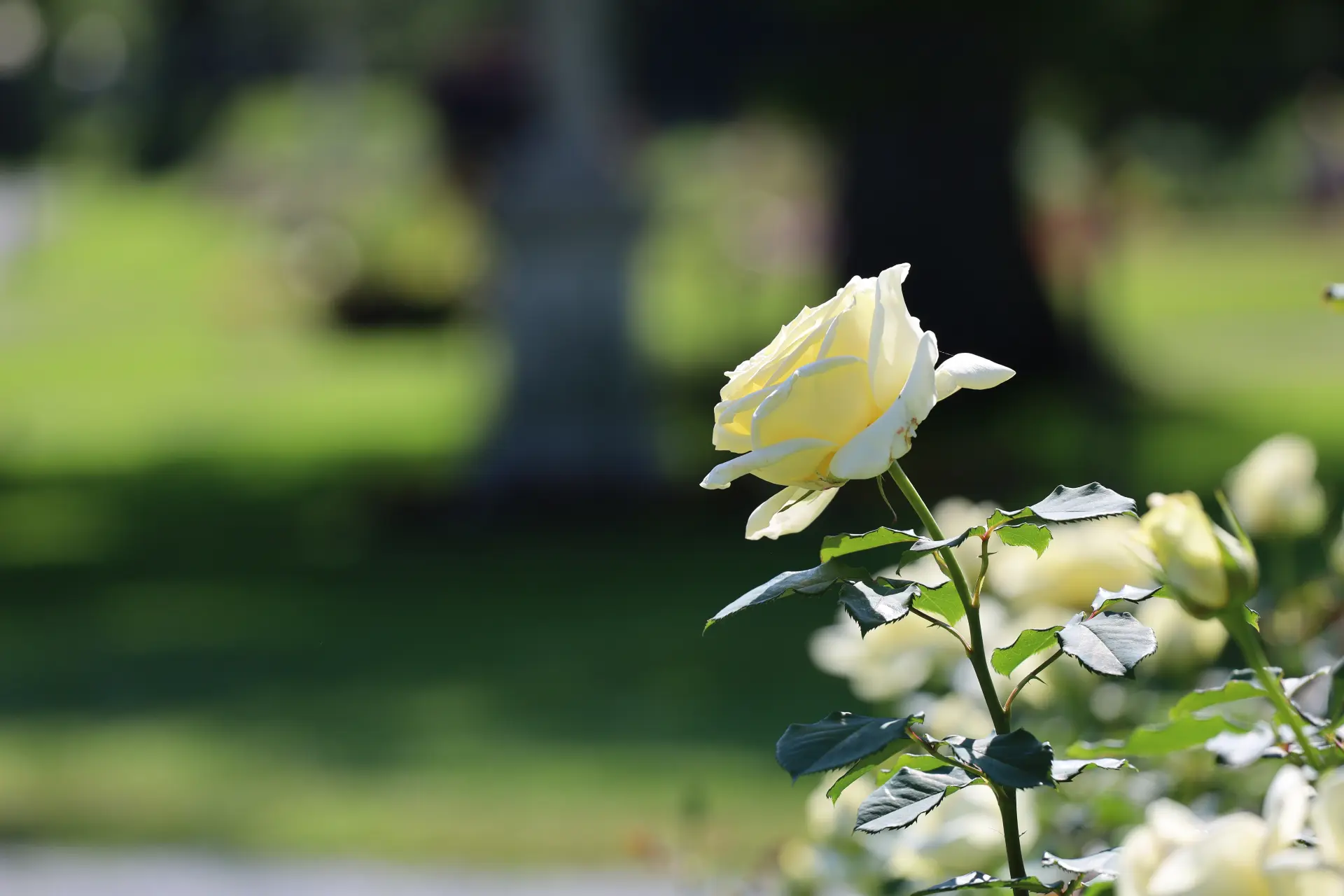
Working With Funeral Directors
Experienced funeral directors provide practical guidance days a week and often 24 hours a day, coordinating the details so the day proceeds calmly. They can arrange the hearse, funeral cars, drivers and timings; liaise with the venues for the funeral service, burial or crematorium; plan the route and order of vehicles; and organise flowers, pallbearers and the safe placement of the coffin. Before booking, check the registered office and contact details, read reviews, and contact them early to discuss questions and the things to consider that are specific to your family.
Direct Cremation and Simple Transport
For direct cremation, there is usually no attended funeral service or formal funeral procession. Transport typically involves a private vehicle to the crematorium without a cortege, which can reduce funeral costs while still allowing a separate memorial later that families can plan in their own way. This approach suits people who prefer a quiet, uncomplicated farewell.
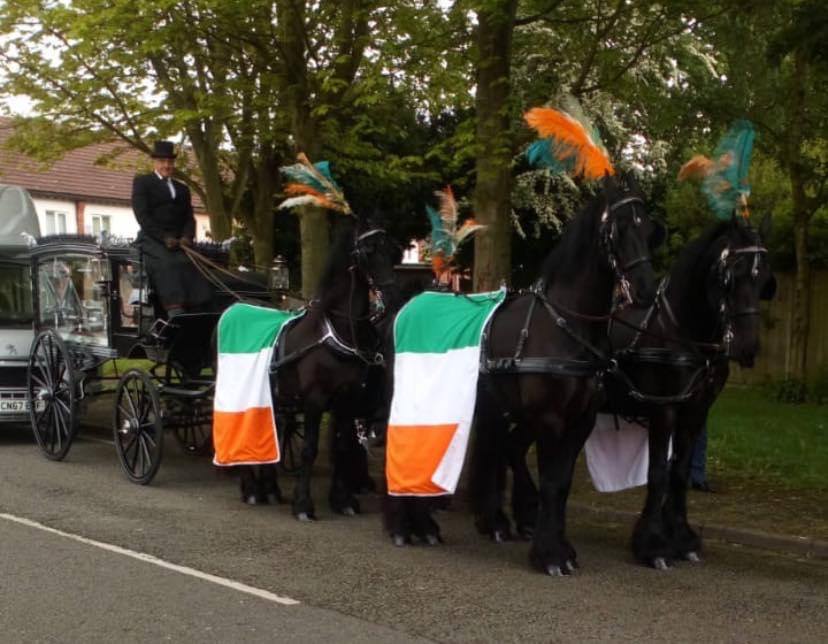
Personalising the Final Journey
Small touches can help you make a fitting tribute without complicating the day. You might choose coffin floral displays or favourite colours, select music that plays on arrival, or add discreet ribbons and signage to vehicles.
Some families plan a specific route past meaningful places or opt for themed funeral vehicles such as a horse-drawn carriage, a vintage bus or a Land Rover. Each detail creates a procession that reflects the loved one’s life and character.
Practical Steps and Checklist
Begin by deciding on the type of funeral transport you prefer, whether traditional or alternative, and then discuss the wishes of the family and the deceased with your funeral director. Confirm the route, location, venues and timings, and make firm bookings for the hearse, any limousines, and accessibility requirements such as wheelchair access or child seats. Next, finalise the number of seats required for mourners and, if helpful, arrange shared travel to keep the cortege simple and coordinated.
Request a written estimate of funeral costs with payment terms so there are no surprises, and prepare any flowers, the order of vehicles, and special touches you would like included. On the day itself, make sure all drivers and attendants have the full details and a simple contingency plan so the procession remains calm and respectful.
Funeral Transport FAQs
There is a wide range, including traditional hearses and limousines, horse-drawn carriages, motorcycles with sidecar hearses, vintage buses and Land Rovers. The mix you choose should suit your funeral plan and budget while reflecting the person who has died.
It is best to book as soon as you start arranging a funeral. Specialist vehicles can be in high demand, so planning in advance is important to secure the choice you want.
Yes. Many people choose to have family and friends follow behind in personal vehicles while the funeral director coordinates the cortege and route to keep the procession orderly and safe.
Yes. Cars can return mourners to the wake or reception place. Let your director know the location and expected number of passengers so they can ensure enough seats and smooth timing.
Planning Funeral Transport
This guide was created to provide clear information and support so you can plan funeral transport with confidence and dignity. There’s no single right way—the best choice is the one that honours your loved one’s funeral wishes and works for your family. If you’d like more personalised advice, contact your local funeral directors in England and across the UK to discuss options and start making the arrangements that feel right for you.
We offer Horse Drawn Funerals with personalised options to honour your loved one. To learn more, please get in touch to organise your funeral transport.
